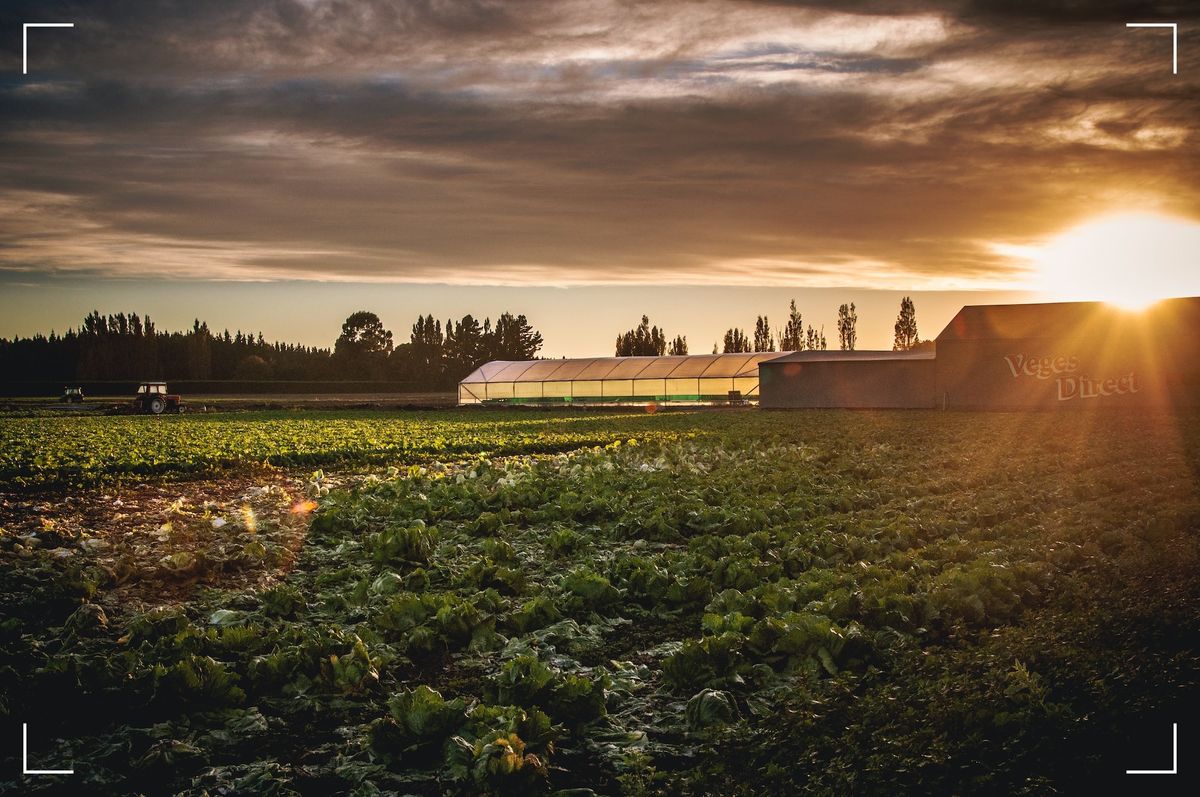From Soil to Scope 3: How Regenerative Farming Accelerates the Journey to Net Zero
Regenerative farming is pivotal for sustainability and net zero goals. With giants like PepsiCo leading, it showcases the blend of eco-strategy and business growth.

Amidst the global push for sustainability, a transformative approach is taking root. Explore how regenerative farming is not just rejuvenating our lands but is also the linchpin in businesses' ambitious net zero and Scope 3 strategies.
In the face of mounting global climate challenges, regenerative farming emerges as a beacon of hope. For industries deeply intertwined with agriculture, this approach is not just about nurturing the land; it's a strategic move to mitigate carbon footprints and address indirect emissions.
The Essence of Regenerative Agriculture:
Regenerative farming is more than a buzzword; it's a philosophy rooted in enhancing soil health, promoting biodiversity, and optimizing water management. Techniques such as no-till farming, cover cropping, and diverse rotations not only sequester carbon but also rejuvenate the land, making it more resilient to climate adversities.
Diving Deeper into Regenerative Practices:
Regenerative farming is a mosaic of practices tailored to the unique needs of each ecosystem. Some of the cornerstone techniques include:
- No-Till Farming: By leaving the soil undisturbed, no-till farming enhances its structure, retains moisture, and reduces erosion. Over time, this leads to increased organic matter in the soil, which acts as a carbon sink.
- Cover Cropping: Planting cover crops like clover or rye in between main crops prevents soil erosion, suppresses weeds, and improves soil health. These crops also fix nitrogen, reducing the need for synthetic fertilizers.
- Agroforestry: Integrating trees into farming systems provides shade, reduces wind erosion, and enhances biodiversity. Trees also act as significant carbon sinks, drawing down CO2 from the atmosphere.
- Holistic Grazing: This practice involves moving livestock across pastures in a planned manner, ensuring that no area is overgrazed. It can restore grasslands, sequester carbon, and improve water retention.
Beyond Environmental Impact:
While the ecological benefits of regenerative farming are paramount, its implications stretch further into the business realm. Adopting these practices can lead to supply chain resilience, ensuring consistent yields from healthier soils. Moreover, the economic incentives are hard to ignore. Reduced input costs, potential for premium pricing, and emerging carbon credit markets can bolster profitability.
In today's corporate landscape, transparency and accountability in environmental practices are paramount. Organizations like the Carbon Disclosure Project (CDP) have expanded their disclosure requests to encompass not just carbon emissions but also water usage, biodiversity impacts, and deforestation. Such disclosures underscore the interconnectedness of these environmental factors, emphasizing the need for holistic approaches like regenerative farming.
Pioneers in the Field:
Several industry giants are already harnessing the power of regenerative farming:
- PepsiCo: Through strategic collaborations, PepsiCo is championing regenerative practices across vast acreages, directly influencing their indirect emissions.
- Unilever: With farmer-centric projects, Unilever is making strides in embedding regenerative practices into its supply chain.
- General Mills: Committed to expanding regenerative agriculture across a million acres, General Mills is setting a precedent for others to follow.
Spotlight on Pioneers: A Closer Look at PepsiCo:
PepsiCo's journey into regenerative farming is a testament to the transformative power of sustainable practices. Their commitment extends beyond mere statements; it's evident in their actions and collaborations.
In a groundbreaking move, PepsiCo partnered with ADM, aiming to expand regenerative agriculture across 2 million acres by 2030. This initiative focuses on key crops like corn, soy, and wheat across several U.S. states. But what's truly revolutionary is the hands-on approach. Farmers are introduced to a range of regenerative practices, from cover cropping to nutrient management. They're not just given guidelines but are also provided with technical and financial assistance. This holistic support system ensures that the transition to regenerative practices is smooth and beneficial for all stakeholders.
The anticipated impact? A potential elimination of 1.4 million metric tons of greenhouse gases. But beyond the numbers, this collaboration signifies a shift in how businesses view their role in the environmental equation. It's not just about reducing harm but actively rejuvenating the planet.
A Paradigm Shift in Climate Action:
Regenerative farming is not an isolated solution; it's part of a broader strategy to achieve net zero and tackle Scope 3 emissions. As businesses grapple with the complexities of their carbon footprints, practices that address the health of the soil, water conservation, and biodiversity become integral. These practices not only reduce direct emissions but also tackle the more elusive indirect emissions associated with supply chains.
Conclusion:
The global call for climate action is loud and clear. Regenerative farming stands out as a tangible, effective response. For businesses, it's an opportunity to intertwine sustainability with strategy, ensuring a harmonious balance between growth and environmental stewardship. As the world marches towards a sustainable future, regenerative farming will undoubtedly play a pivotal role in shaping the corporate landscape.
References:
- Rodale Institute. (n.d.). The Benefits of Regenerative Agriculture. Retrieved from https://rodaleinstitute.org/why-organic/issues-and-priorities/regenerative-organic-agriculture/
- Eco & Beyond. (n.d.). Regenerative Agriculture: Principles, Pioneers + Does It Really Work? Retrieved from https://www.ecoandbeyond.co/articles/regenerative-agriculture/
- Green America. (n.d.). Regenerative Agriculture and the Soil Carbon Solution. Retrieved from https://www.greenamerica.org/regenerative-agriculture-and-soil-carbon-solution
- CDP. (n.d.). Water Security. Retrieved from https://www.cdp.net/en/water
- CDP. (n.d.). Forests. Retrieved from https://www.cdp.net/en/forests
- CDP. (n.d.). Biodiversity. Retrieved from https://www.cdp.net/en/biodiversity
- General Mills. (n.d.). Regenerative Agriculture. Retrieved from https://www.generalmills.com/en/News/NewsReleases/Library/2019/March/regen-ag
- PepsiCo. (n.d.). PepsiCo's Sustainability Agenda. Retrieved from https://www.pepsico.com/sustainability



Comments ()